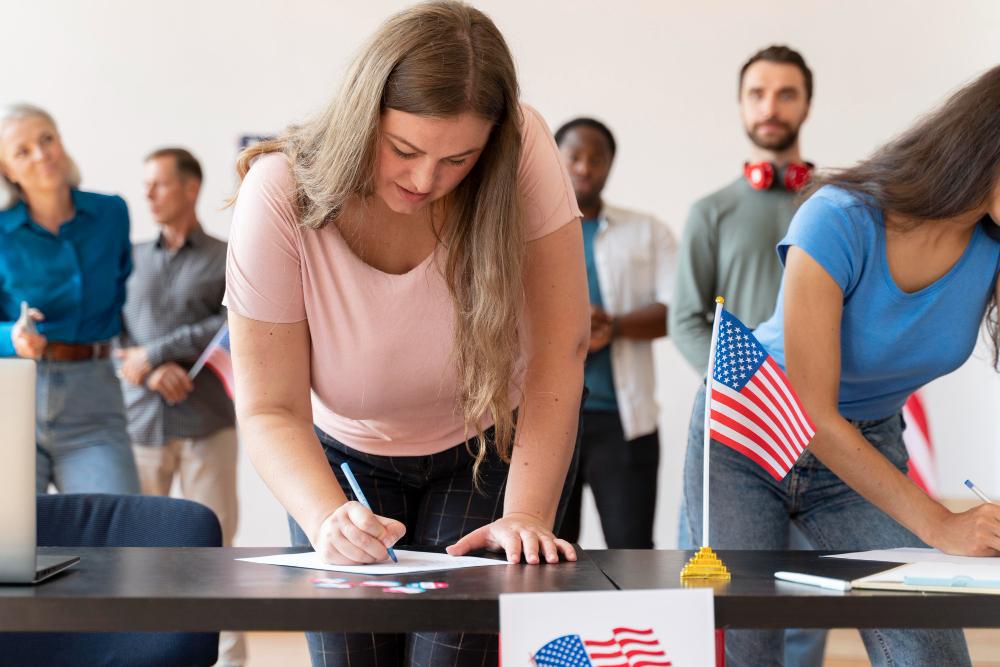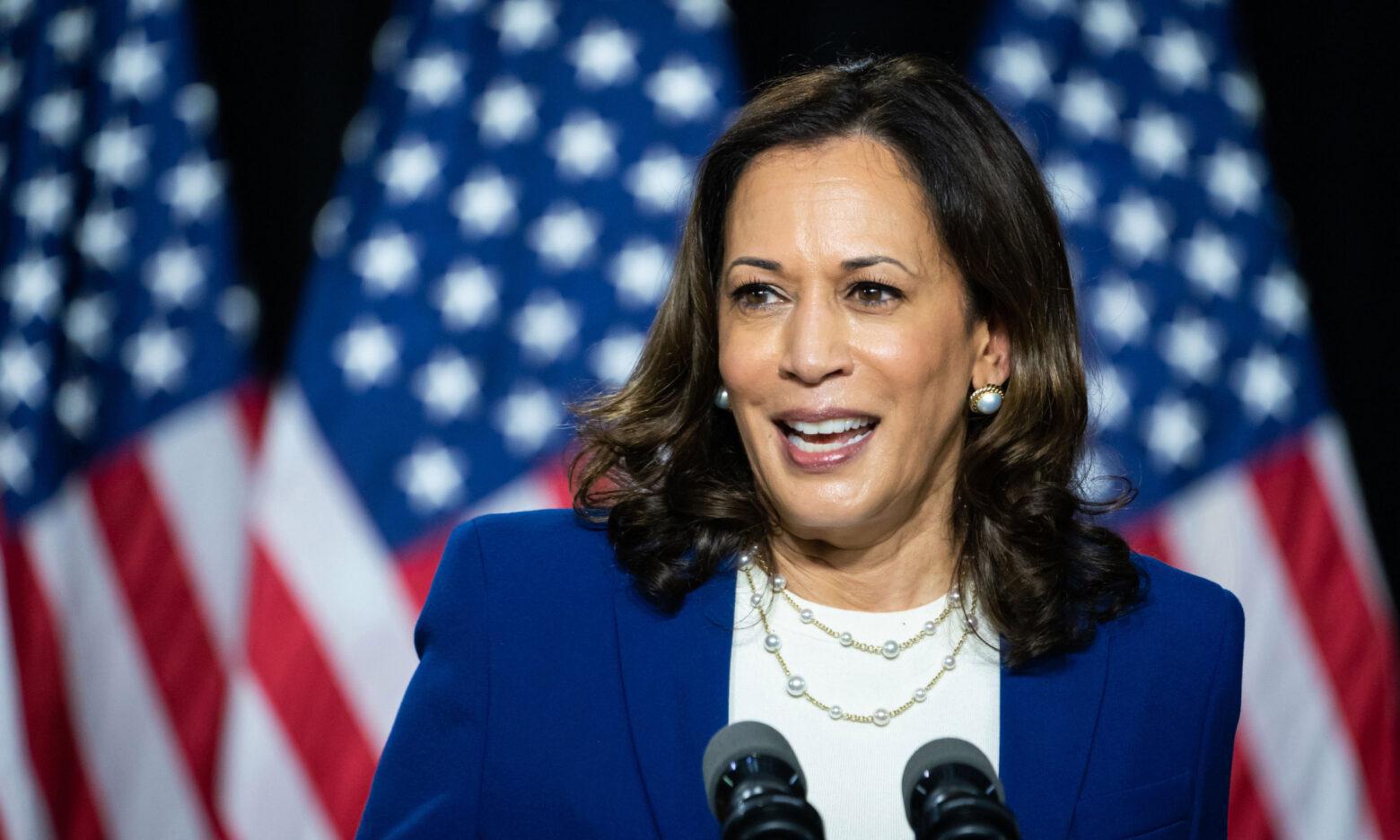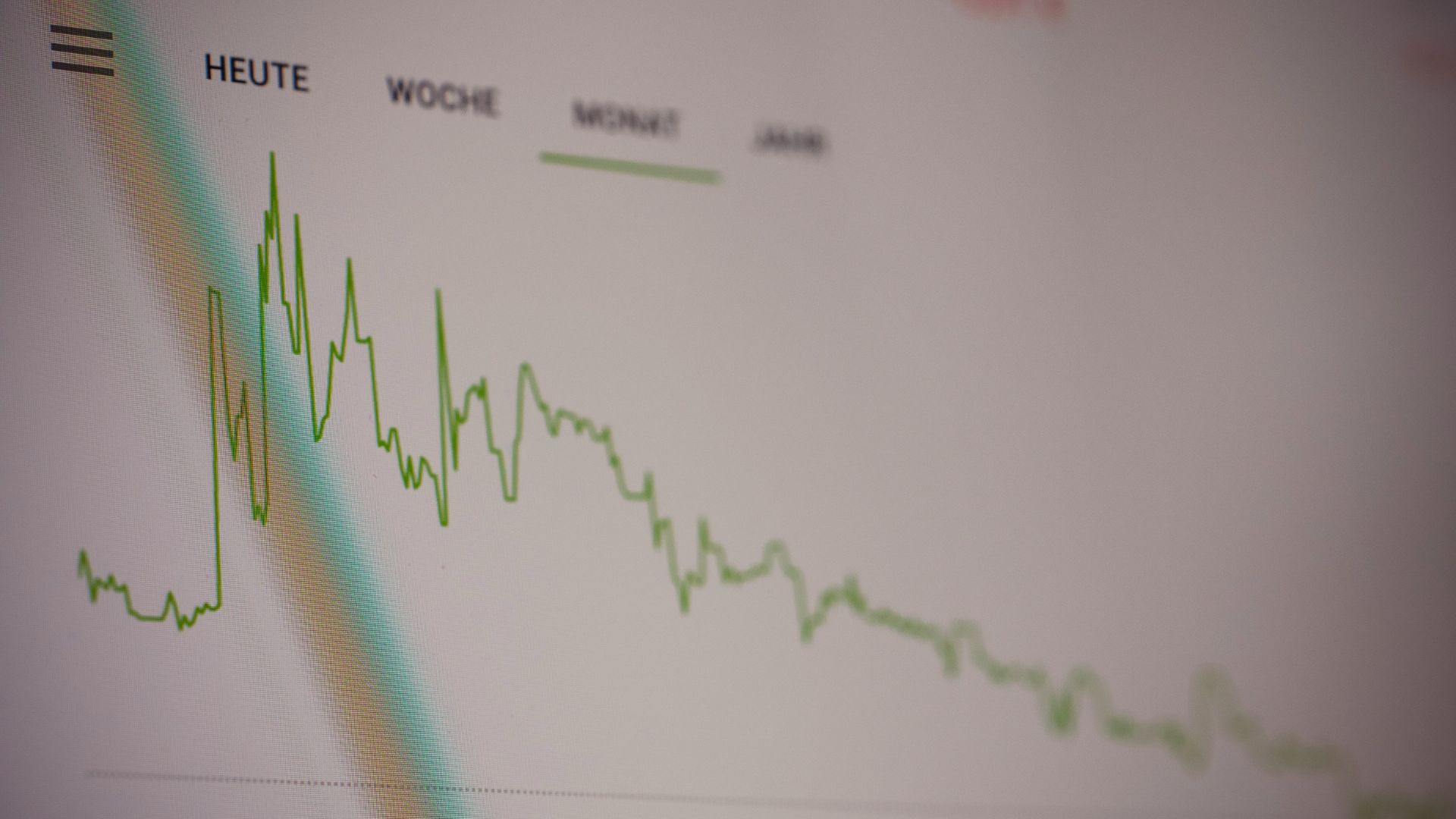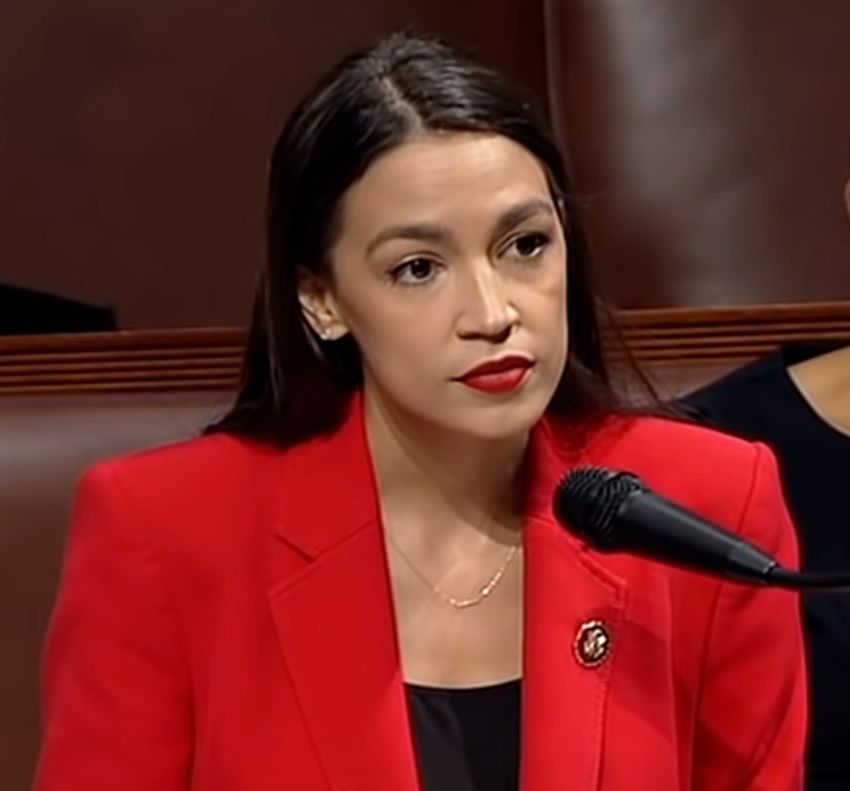Two-thirds of Kamala Harris’ New Donors Are Women
Kamala Harris, the Vice President of the United States, has recently seen a surge in her campaign donations.
Notably, two-thirds of these new donors are women, a clear indication of her growing appeal among female voters.
The Power of Female Donors
Women have been historically underrepresented in political donations. However, Harris’ campaign is seeing a marked increase in contributions from women, suggesting a growing political engagement among female voters.

Source: Freepik
This trend highlights a shift towards more diverse representation in political funding and reflects the issues that resonate with women today.
Why Women Are Donating
Harris’ stance on key issues such as reproductive rights, healthcare, and education has struck a chord with many women across the country. Many donors have expressed that they feel their values align closely with Harris’ policies, prompting them to support her campaign financially.

Source: Freepik
This growing support demonstrates a strong alignment between her political platform and the priorities of many female voters.
Historical Context
Historically, political campaigns have struggled to attract significant numbers of female donors. However, Harris’ campaign is breaking this mold.

Source: Wikimedia
This surge in female donations is not just about supporting a candidate—it’s about pushing for representation and policies that better reflect the needs of women. This movement could set a precedent for future campaigns.
Key Demographics Among Donors
Harris’ new female donors come from diverse backgrounds, with notable contributions from both urban and suburban areas.

Source: Getty Images
This demographic range includes young professionals, mothers, and retirees, each group motivated by different aspects of Harris’ platform.
A Closer Look at the Numbers
According to her campaign, two-thirds of Harris’ new donors are women, with a significant percentage making small-dollar contributions. This indicates grassroots support and suggests that many women are making a deliberate choice to invest in Harris’ vision for the future.

Source: Markus Spiske/Unsplash
The trend also suggests a shift in how political campaigns are being funded, moving away from large donations from a few and towards broader support from many.
Women in Politics: A Growing Influence
The increase in female donors is part of a broader trend of women becoming more involved in politics, not just as voters but as active participants in the political process.

Source: Wikimedia
Women are increasingly running for office, campaigning, and advocating for change, marking a shift towards greater gender parity in political engagement.
Key Issues Driving Female Support
Issues such as gender equality, reproductive rights, healthcare access, and childcare support are among the top reasons why women are supporting Harris.

Source: Freepik
These topics are often overlooked in broader political debates, but Harris’ focus on these areas has galvanized support from women who feel their needs are finally being addressed.
Impact of Female Donors on Campaign Strategies
Harris’ campaign strategy has evolved to cater to this new wave of female donors.

Source: Wikimedia
From targeted messaging on social media to hosting women-centric fundraising events, the campaign is tapping into this growing base of support.
Record-Breaking Numbers
Vice President Harris’s campaign experienced significant momentum, raising an impressive $82 million during the Democratic convention alone.

Source: Wikimedia
This remarkable achievement is part of a broader fundraising effort that has amassed a staggering total of $540 million since she launched her presidential campaign approximately one month ago.
Leading Polls
In the weeks since launching her campaign, Harris has managed to surpass Trump, the Republican nominee, in polling across several key battleground states that are critical for the upcoming election.

Source: @USA_Polling/X
While this is an encouraging sign for her campaign, the margins are still quite close, indicating that the race remains fiercely competitive and dynamic.
The Future of Female Political Engagement
The surge in female donors to Harris’ campaign could be a bellwether for future elections.

Source: @KamalaHarris/X
As more women become financially involved in politics, their influence will likely grow, potentially leading to more female representation in political office and policymaking.
